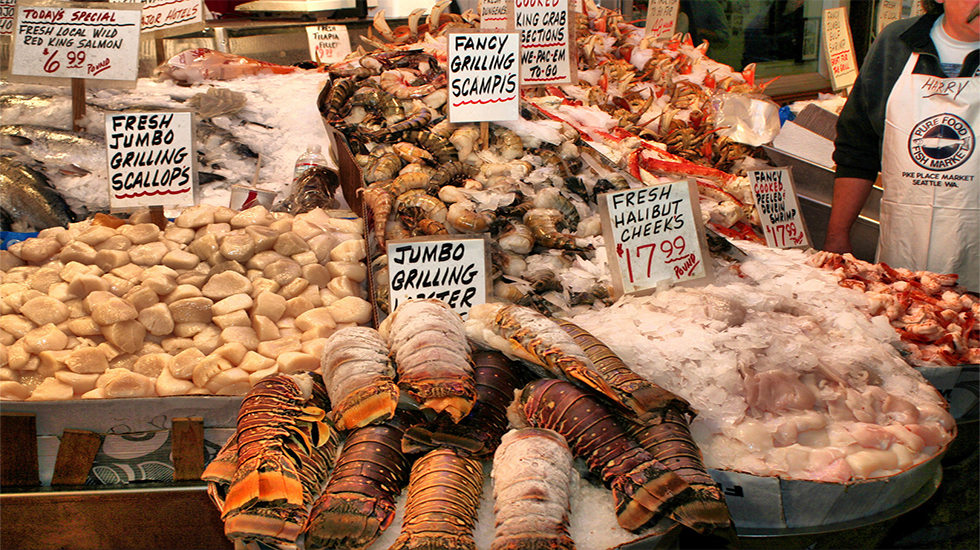Shrimp and seafood are foods that we eat on a regular basis, but it is likely that we neglect to consider the effect of eating them on the environment. Like most animal products, however, the fishing industry takes a toll on the environment. Nevertheless, there are many ways in which we can individually take measures to lessen that cost and help maintain a balanced marine ecosystem.
There are a few different ways in which fishing can be harmful. Primarily, species can be overfished, so that they are in danger of extinction. Additionally, the way in which the fish are caught and farmed may be poorly managed.
Therefore, we as consumers can take certain steps to make sure that we are supporting the fishing industry in a sustainable way. Buying small fish, like oysters, mussels, or sardines, is a good option because they reproduce more readily and are therefore less likely to go extinct. They also have shorter lifespans and are therefore less susceptible to accumulating toxins. On the other hand, avoid larger fish like swordfish, tuna, or salmon. They are higher up on the food chain, more in danger of going extinct, and might have acquired more toxic chemicals.
It is also useful to notice where the fish you are buying comes from. At this point, North American fisheries are the most sustainably focused. Another grocery store tip is to buy a variety of fish so that you are lessening your impact on a single species as well as decreasing your exposure to a contaminant that might be present in one type of fish.
Many institutions have begun to research and provide information regarding sustainable fishing. One well developed program is the Monterey Bay Aquarium Seafood Watch which has details on an extensive list of fish. If you are interested, click here for more information: http://www.montereybayaquarium.org/cr/cr_seafoodwatch/download.aspx
Article by: Abigail Fagan, class of 2014
Photo by: photo by Monica’s Dad on Flickr
Related articles




